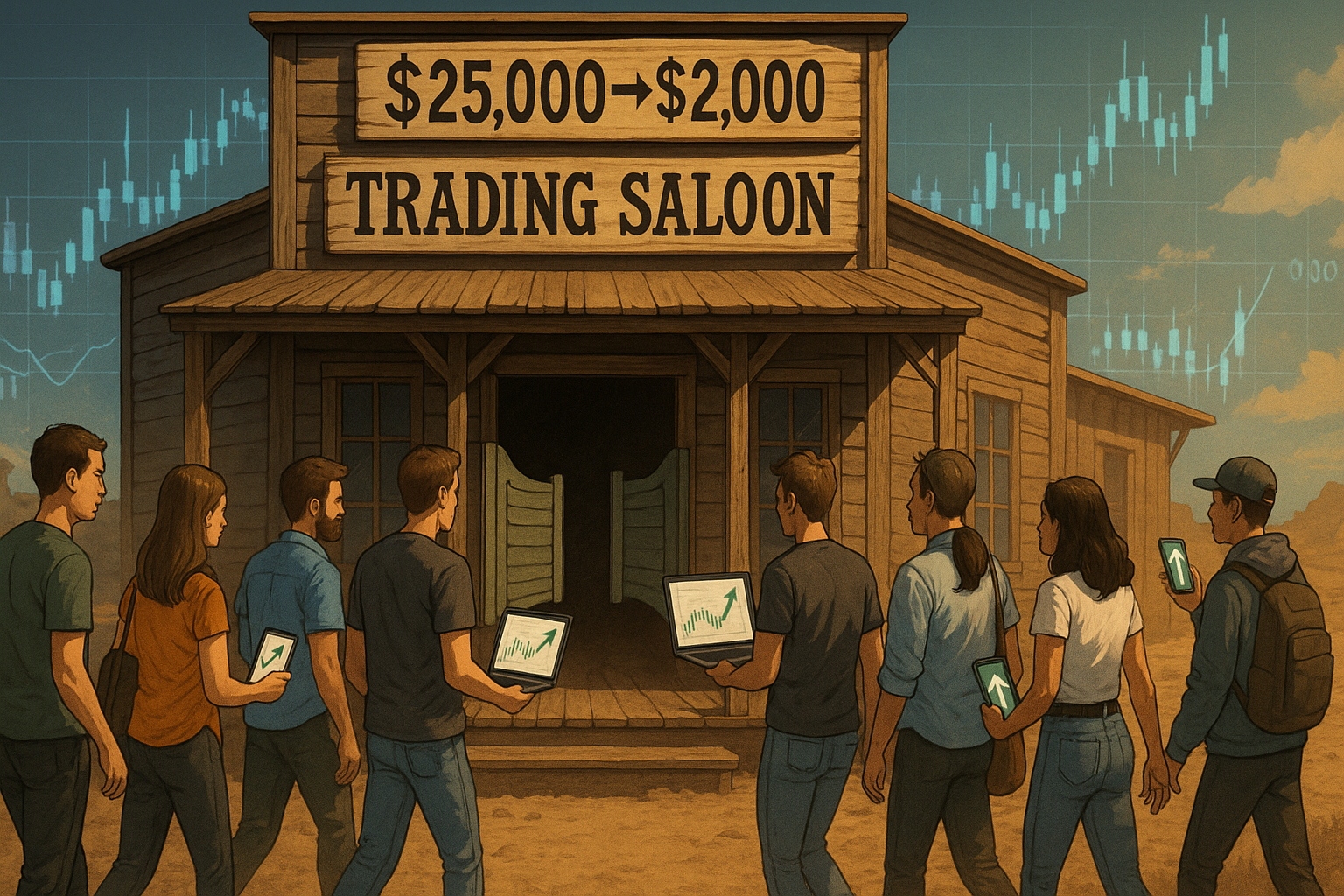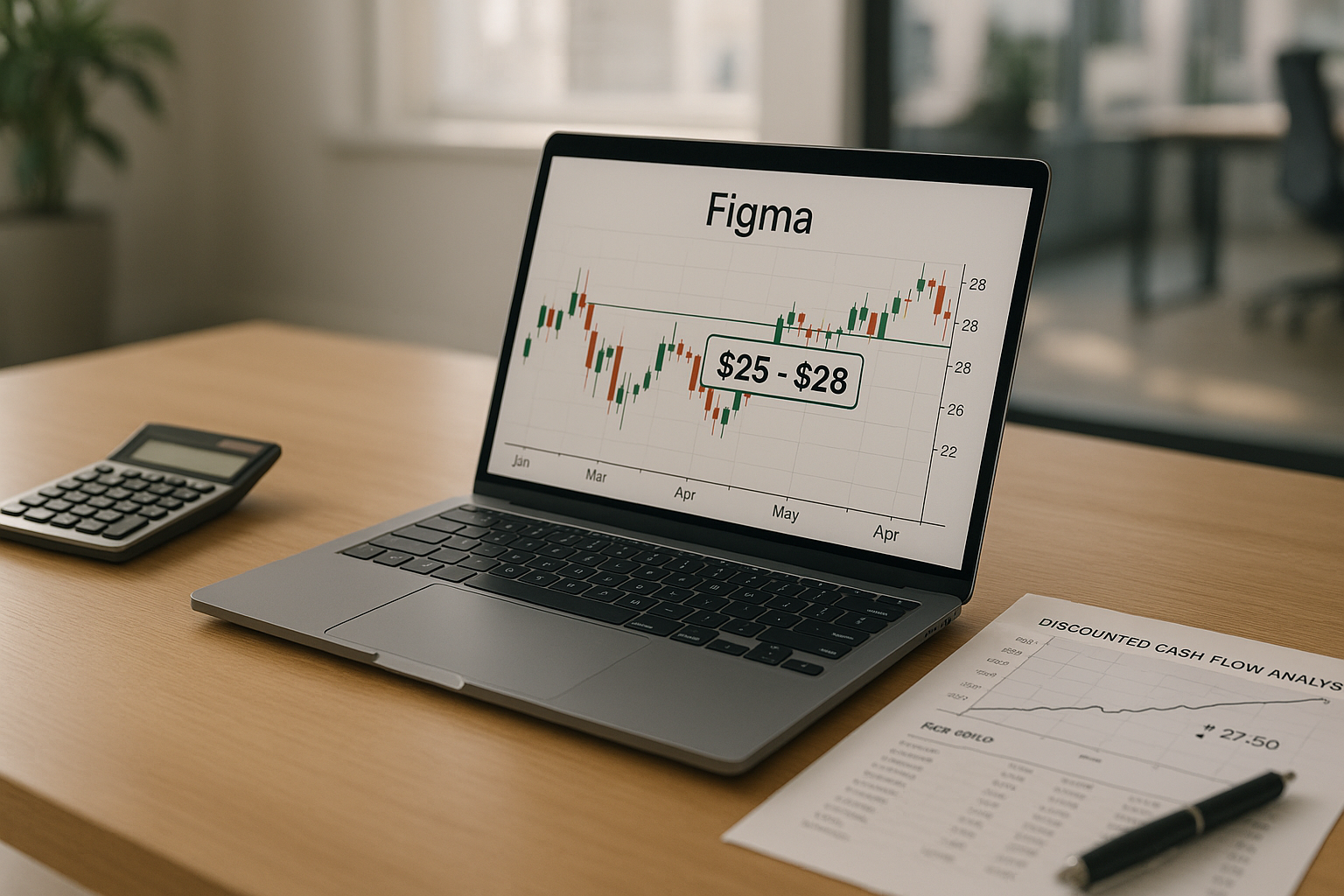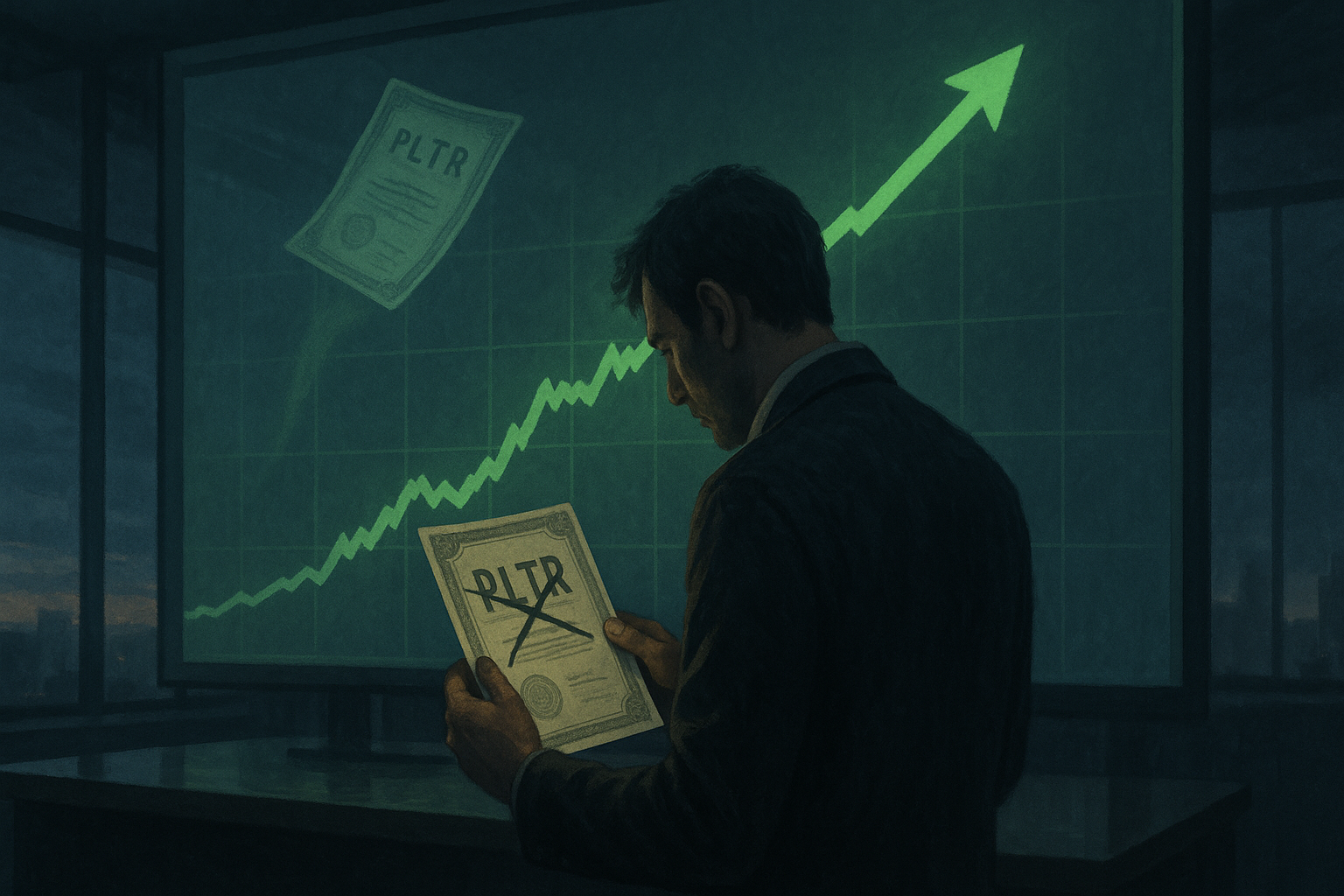Money's getting easier again. Sort of.
After what feels like an eternity of central bankers wagging their fingers about inflation while cranking rates ever higher, we're finally seeing the monetary vise loosen—just don't expect it to swing open anytime soon.
I've been tracking monetary policy cycles since the 2008 crisis, and let me tell you, this one has a different flavor. It's cautious. Tentative. Almost reluctant.
The Fed has cut rates three times in 2024, sure. The ECB is eight cuts in. Even the Bank of England—those eternal inflation hawks across the pond—finally joined the party with their first cut back in February. Classic signals of easing are there if you squint: money supply growing again, balance sheet runoff slowing, the whole nine yards.
But there's something... different this time.
The Psychological Scars Run Deep
It's almost painful to watch central bankers approach the easing button now. These folks got burned—and I mean third-degree, career-threatening burned—when their "transitory inflation" predictions exploded in their faces back in 2021.
They're acting like someone who once grabbed a scalding pot handle and now approaches the stove with oven mitts, a towel, and possibly fireproof clothing.
Real policy rates? Still positive in most advanced economies. The Fed's balance sheet? Still shrinking, just more slowly. Inflation? Improving but stubbornly above those magical 2% targets everyone pretends is scientifically determined.
This ain't your grandpappy's easing cycle, folks.
What we're witnessing is what I've started calling the "Asymmetric Regret Function" of central banking. (Fancy term, I know, but bear with me.) For today's policymakers, the shame of letting inflation spike again feels WAY worse than the moderate embarrassment of growth being a touch too slow.
After all, which legacy would you prefer: "She kept growth 0.5% below potential" or "He let inflation run hot TWICE"?
Markets Get It... Mostly
Look at how investors are positioning themselves. Forward equity expectations are settling in the 8-12% range through 2026. Decent! Respectable! But hardly the champagne-popping 20-30% surges we saw when the pandemic money printers went brrrrr.
And check the futures markets—pricing just two more quarter-point Fed cuts by October 2025. That's... remarkably tame? The old playbook would have us pricing cuts at nearly every meeting once the cycle turns.
Everyone seems to have learned a lesson (whether the right one is debatable) that the monetary fire hose of 2020-21 helped create the mess we're still mopping up.
There's that old Wall Street saying: "Three steps and a stumble, three cuts and a jump." The idea being three consecutive rate hikes often precede trouble, while three consecutive cuts mean party time for risk assets.
But this time? Markets are processing the signal with some actual nuance. Yes, we're cutting. No, we're not headed back to zero rates or QE infinity anytime soon.
Goldilocks or Just Lukewarm Porridge?
The optimistic take—and God knows there are plenty of perpetual optimists on Wall Street—is that we're entering some kind of "Goldilocks 2.0" scenario. Inflation normalizing without a recession! Central banks easing just enough! Earnings growing while valuations remain reasonable!
The skeptical take? When's the last time monetary policy actually threaded that needle perfectly?
(I'll wait.)
Something typically gives: either inflation proves stickier than expected (forcing an embarrassing policy reversal), growth disappoints despite the easing (revealing structural problems money alone can't fix), or—my personal favorite—financial excesses build up in corners of the market where regulators aren't even looking.
I mean, seriously, can anyone name a "just right" monetary policy cycle in recent memory? Markets tend to overshoot in both directions, and central banks are perpetually fighting yesterday's war with tomorrow's ammunition.
Your Portfolio in This Weird New World
So what's an investor to do? The prudent approach—boring as it may sound—is to view this cautious liquidity expansion as supportive for risk assets but not a license to bet the farm on speculative nonsense.
The S&P 500's projected 6-8% earnings growth plus 2-4% from dividends and buybacks seems reasonable if valuations gradually normalize. But there's that word again—"gradually." Markets rarely do anything gradually when they can instead do it suddenly, violently, and with maximum drama.
One fascinating dynamic to watch: how will this modest liquidity expansion interact with the ongoing AI investment boom? Will additional liquidity amplify the already red-hot tech investment trend, or might it actually help broaden market participation beyond the handful of tech giants that have hogged all the returns?
The liquidity tide is rising, no doubt. But unlike the pandemic-era tsunami that lifted everything from SPACs to meme stocks to crypto, this time it looks more like a gentle incoming tide. Pleasant for wading, perhaps, but probably not powerful enough to carry your surfboard—or your speculative bets—to impressive heights.
Then again, I've covered enough market cycles to know that in markets, as in oceanography, it's often the rip currents you don't see coming that end up causing the most trouble.




